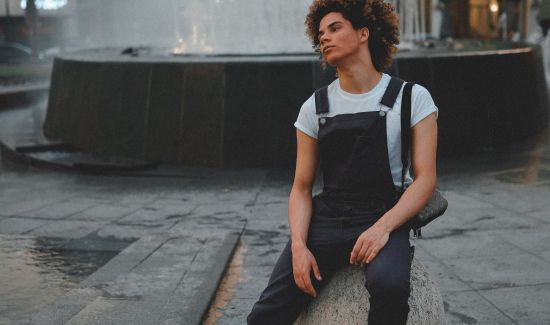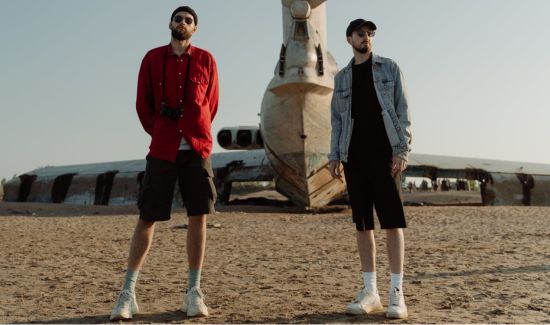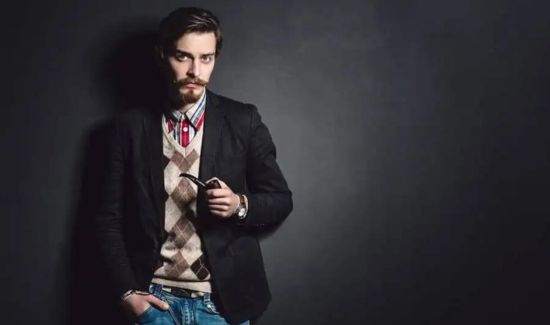The Roaring Twenties, a super famous time in history, saw a big change in how people lived and what they wore. The 1920s was a special time when a lot of things were changing in society, and you could see that change in the cool and different way guys dressed back then. From traditional suits to unusual accessories, the Roaring 20s inspired modern design. The article will examine the essential components of Roaring 20s men’s fashion, a time of elegance and rebellion.
The Classic Suit
In the twentieth century, the classic suit was the most popular style of clothing for men. It was a sign of style and progress. Men moved away from the strict Victorian style and adopted a more casual and comfy look. Suits had pants with a high waist and coats that were loose fitting with wide lapels. This made a unique look. The fabrics ranged from soft linen to thick wool, so there were choices for a wide range of events. The double-breasted jacket, which often had buttons that were different colors to show off the wild spirit of the Roaring Twenties, was the most famous suit of the time.
Bold Patterns and Colors
The 1920s were different from the decades before them because of their louder sounds. Bold patterns and bright colors were popular with men, who felt free and ready to protest. People liked suits with plaid and houndstooth patterns because they added a bit of style to standard tailoring. Men were encouraged to wear colors like mustard yellow, deep green, and rich red, which gave them a wide range of options to show who they were. This break from tradition made way for men’s fashion that was more bold and expressive.
Accessories
Accessories made Roaring 20s men’s fashion great. Famous wide-brimmed Fedora hats worn at a daring tilt enhanced intrigue and refinement. Men’s trousers’ casual elegance was enhanced by suspenders, which were preferred over belts. These practical features embraced a more free and expressive style by breaking from the everyday.

Accessories accentuated men’s outfits in the Golden Age. Bow ties, worn in various styles, became a sign of refinement, crossing formal and casual boundaries. Pocket squares and boutonnieres added color and style. Carefully chosen tie pins and cufflinks showed a man’s attention to detail, making each ensemble a canvas for unique expression. Accessories were more than adornments in the Roaring 20s, a moment of rebellion against the past.
The Rise of Casualwear
While the suit ruled formal settings, casualwear rose in the 1920s. The younger generation favored ‘Oxford Bags,’ wide-legged pants with cuffs, challenging slim-fit models. This relaxed pants style allowed males to embrace a more carefree and comfortable look, reflecting the shifting cultural landscape.

Knits and cardigans replaced formal jackets as comfortable and elegant informal wear. Polo shirts and tennis sweaters highlighted the trend toward active living. This casualwear shift gave men a more relaxed and varied wardrobe and signified a cultural shift toward comfort and individual expression.
Legacy and Contemporary Influence
It’s impossible to deny that the Roaring Twenties had a long effect on men’s fashion that goes beyond its time and affects decades that came after. This time frame’s bold and inventive decisions paved the way for a more diverse and expressive style, breaking traditional norms. Fashion designers and fans draw inspiration from the Roaring 20s, keeping its heritage alive.
From wide-legged pants, which evoke the Jazz Age, to bow ties and fedora hats, 1920s fashion has smoothly adapted to modern menswear. For those seeking sophistication and individuality in their clothing, these timeless pieces remain popular. True style transcends time, as the Roaring 20s’ influence is still felt in fashion today.
From Speakeasies to Street Style
From secret speakeasies to bustling streets, Roaring 20s men’s dress reflected societal changes. In the Jazz Age, rebellion and independence led to new genres. Men wore looser fits, shorter jackets, and wide-legged pants, breaking fashion rules.
Prohibition-era speakeasies were social hubs and style experiments. Tuxedos with satin lapels gave the basement party a sophisticated look. As the culture changed, Roaring Twenties dress moved beyond clandestine bars and into street style, influencing modern menswear. In the streets, the 1920s’ boldness and vibrant attitude inspires modern fashion.
Faqs
Q1. What typified Roaring Twenties men’s fashion?
Ans: Roaring Twenties fashions were less conservative. Men dressed bolder and more extravagantly.
Q2. How did 1920s suits change?
Ans: The classic suit was looser with wide-legged trousers. Jackets become shorter, signifying a more active lifestyle.
Q3: Why was the tuxedo popular in the Jazz Age?
Ans: The rise of the tuxedo symbolized evening elegance. Single-breasted satin or silk lapel coats were glamorous.
Q4. How did patterns and colors affect 1920s men’s fashion?
Ans: Bold checkered and striped motifs emerged. Colorful earthy and bright palettes showed the era’s vigor.
Q5: What impact does Roaring 20s men’s fashion have today?
Ans: Contemporary designers are inspired by the Jazz Age. The Roaring Twenties’ iconic fashions remain on.
Conclusion
The Roaring 20s transformed men’s fashion, ushering in elegance and rebellion. Classic suits, bright patterns, vibrant colors, and expressive accessories dominated fashion. Jazz and casualwear boosted the diversity of fashions in this memorable decade. The influence of 1920s men’s fashion continues today, demonstrating the power of self-expression. As we celebrate the Roaring 20s, which forever revolutionized men’s style and fashion, we take inspiration.
